
…as cedi gains take effect
The country’s public debt-to-GDP (Gross Domestic Product) ratio dropped to 43.8 percent at the end of June 2025, down markedly from 61.8 peecent in December 2024, on account of strong currency appreciation, nominal GDP growth, and fiscal restraint.
New figures from the Bank of Ghana (BoG) show the total public debt declined by GH¢ 113.7 billion within the six-month period.
The cedi appreciated by more than 42 percent year-to-date against the US dollar by end-June, helping to reduce the domestic value of foreign-denominated debt. In cedi terms, external debt stock fell to GH¢300.3 billion from GH¢416.8 billion in December, although the dollar value of debt remained broadly unchanged at just over US$29 billion.
The external debt-to-GDP ratio dropped to 21.4 percent in June from 35.4 percent in December, according to the BoG’s July Summary of Economic and Financial Data. The share of external debt in total public debt fell below 50 percent for the first time in years, improving Ghana’s debt sustainability metrics.
Last week, Finance Minister, Dr. Cassiel Ato Baah Forson, presenting the mid-year budget to parliament, also described the development as unprecedented.
“For the first time in Ghana’s history, we have recorded a negative debt accumulation rate of 15.6 percent,” he said.
He added that the government had introduced new fiscal rules to maintain the trend.
These include amendments to the Public Financial Management Act to cap the debt-to-GDP ratio at 45 percent by 2034 and enforce an annual primary surplus of at least 1.5 percent of GDP. An Independent Fiscal Council will be established to monitor compliance with the rules.
On the domestic front, disinflation has taken hold, with headline inflation easing to 13.7 percent in June, its lowest level since 2021. Economic activity is also recovering, with first-quarter real GDP growth reaching 5.3 percent, driven by agriculture and services. Non-oil GDP expanded by 6.8 percent.
The government’s financing strategy during the first half of the year leaned heavily on short-term instruments, issuing GH¢147 billion in Treasury bills, with net issuance amounting to GH¢8 billion. Long-term bond issuance remained constrained following the Domestic Debt Exchange Programme (DDEP).
Debt service payments have remained on track. About US$700 million has been paid to Eurobond holders in 2025, while GH¢9.8 billion has been disbursed as coupons to domestic bondholders, including GH¢3.6 billion in capitalised interest under the DDEP.
Despite challenges in long-term market access, Ghana’s Eurobond prices have continued to recover, with average prices rising 9.7 percent in the first half of the year and yields falling by nearly 200 basis points.
The government has reiterated its commitment to meeting all debt obligations. “We have made adequate preparations for full settlement of all debt service in 2025 and beyond,” Dr. Forson said.
Analysts say maintaining macroeconomic discipline will be critical to preserving the gains and rebuilding investor confidence.
The post Debt-to-GDP ratio drops below 44% appeared first on The Business & Financial Times.
Read Full Story
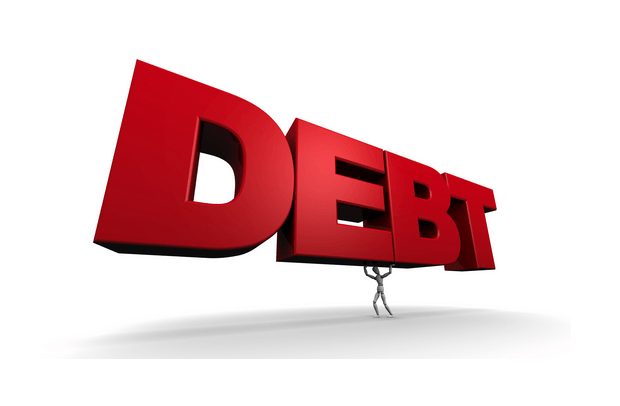
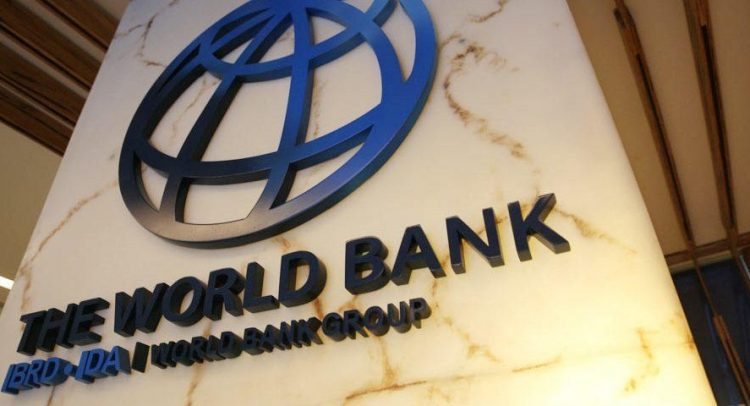
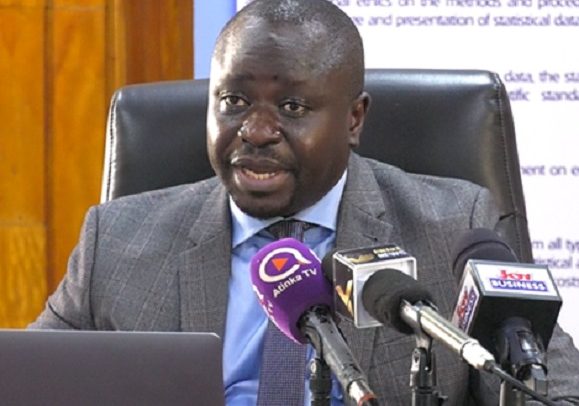

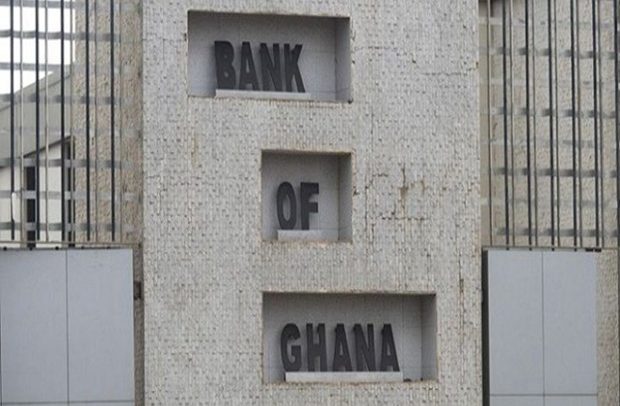



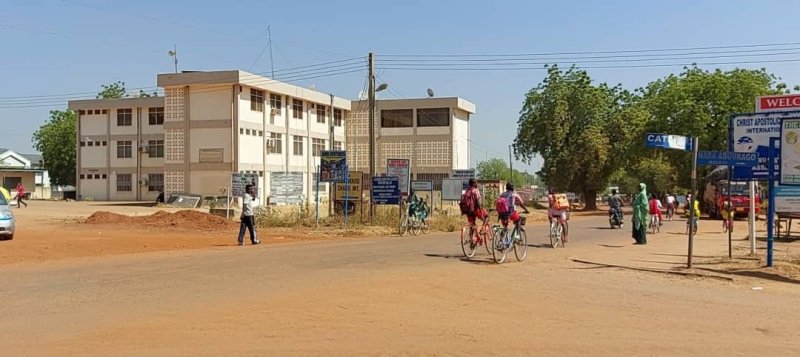

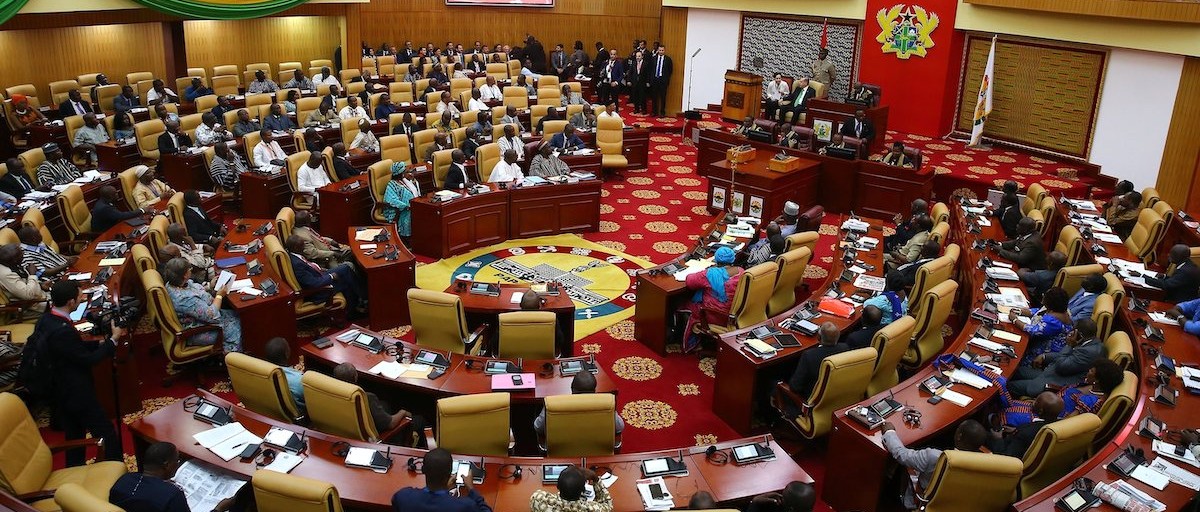



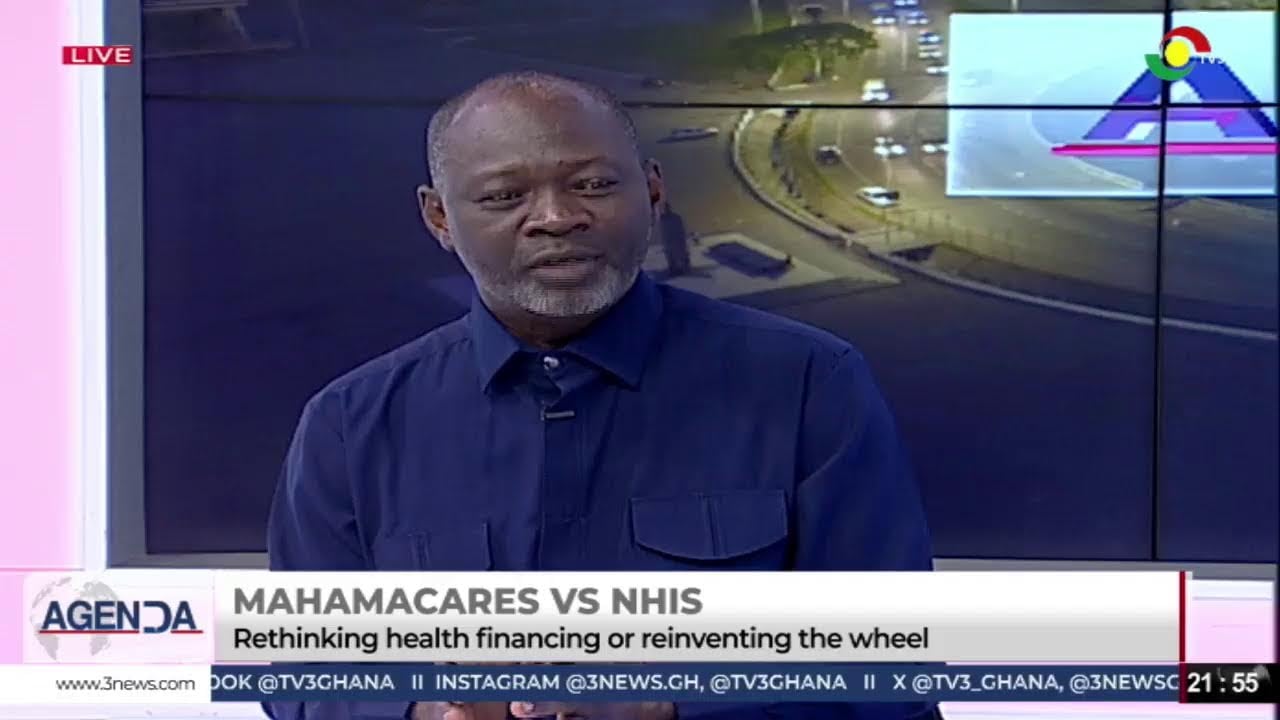
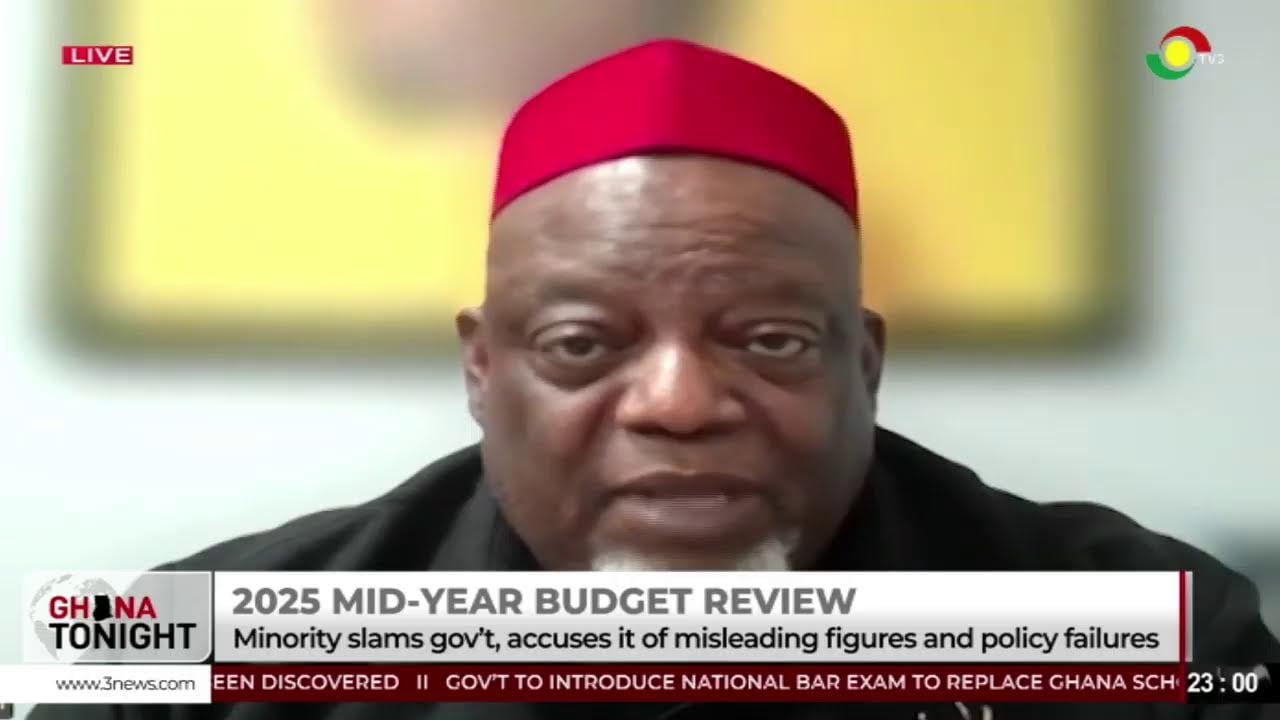










Facebook
Twitter
Pinterest
Instagram
Google+
YouTube
LinkedIn
RSS